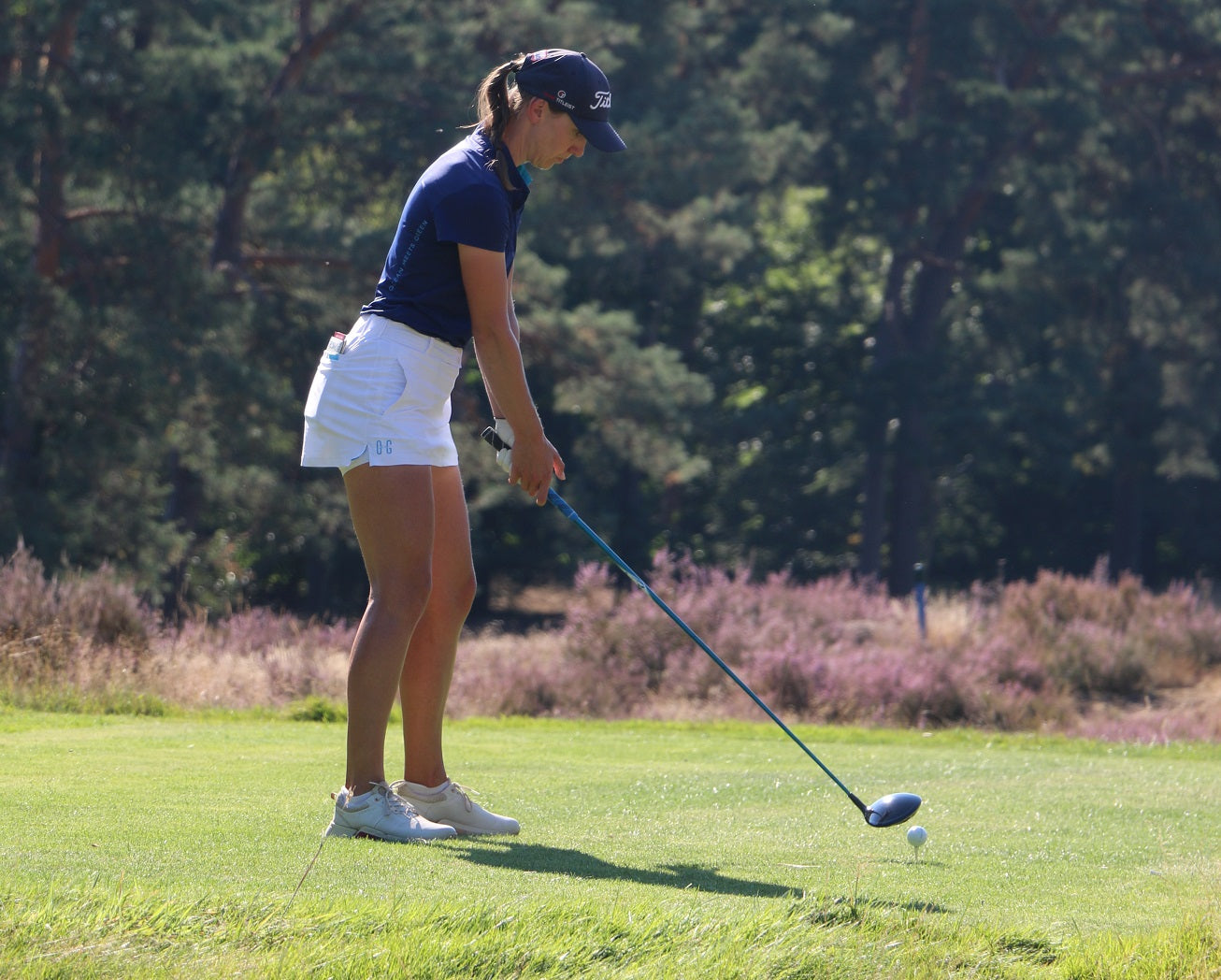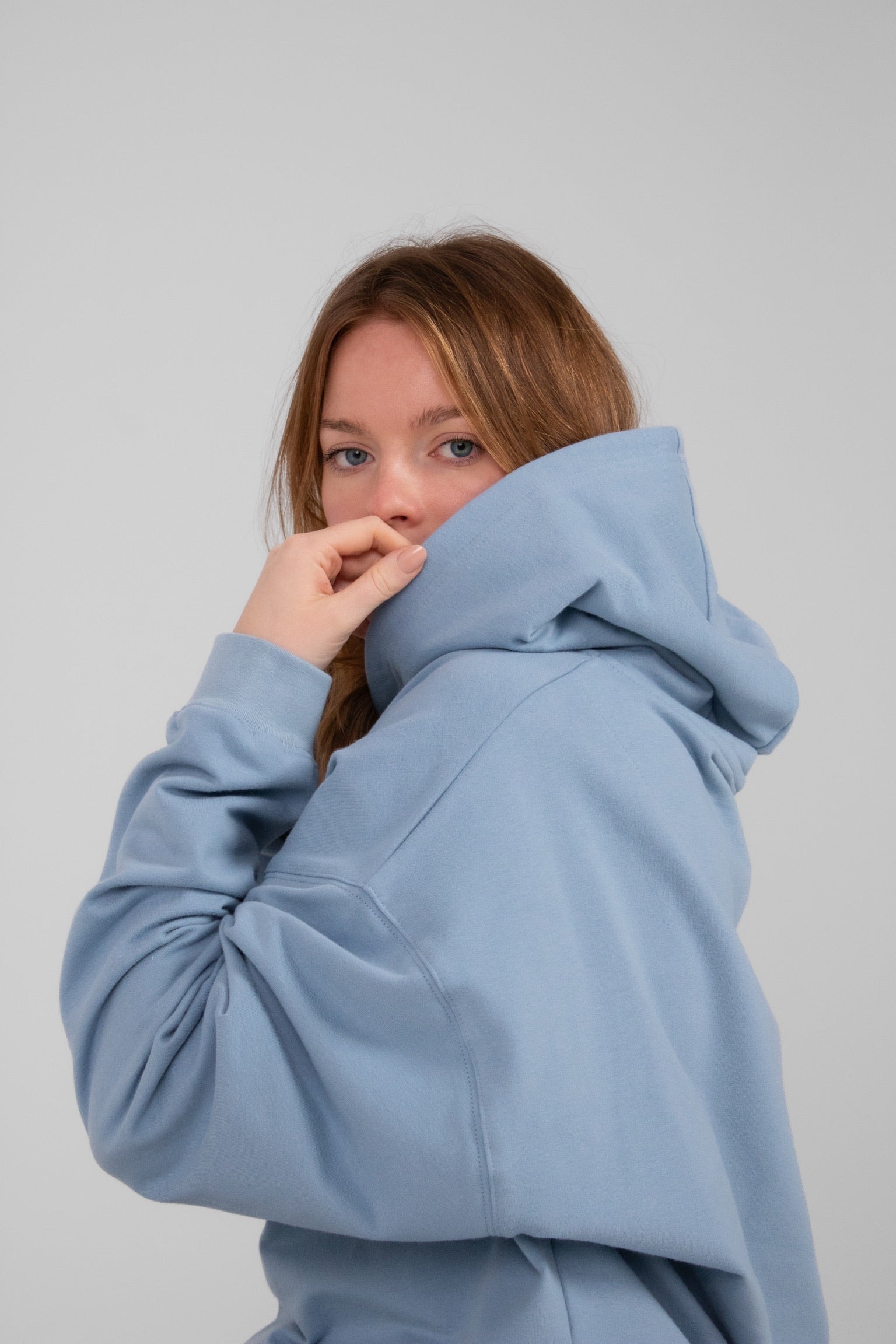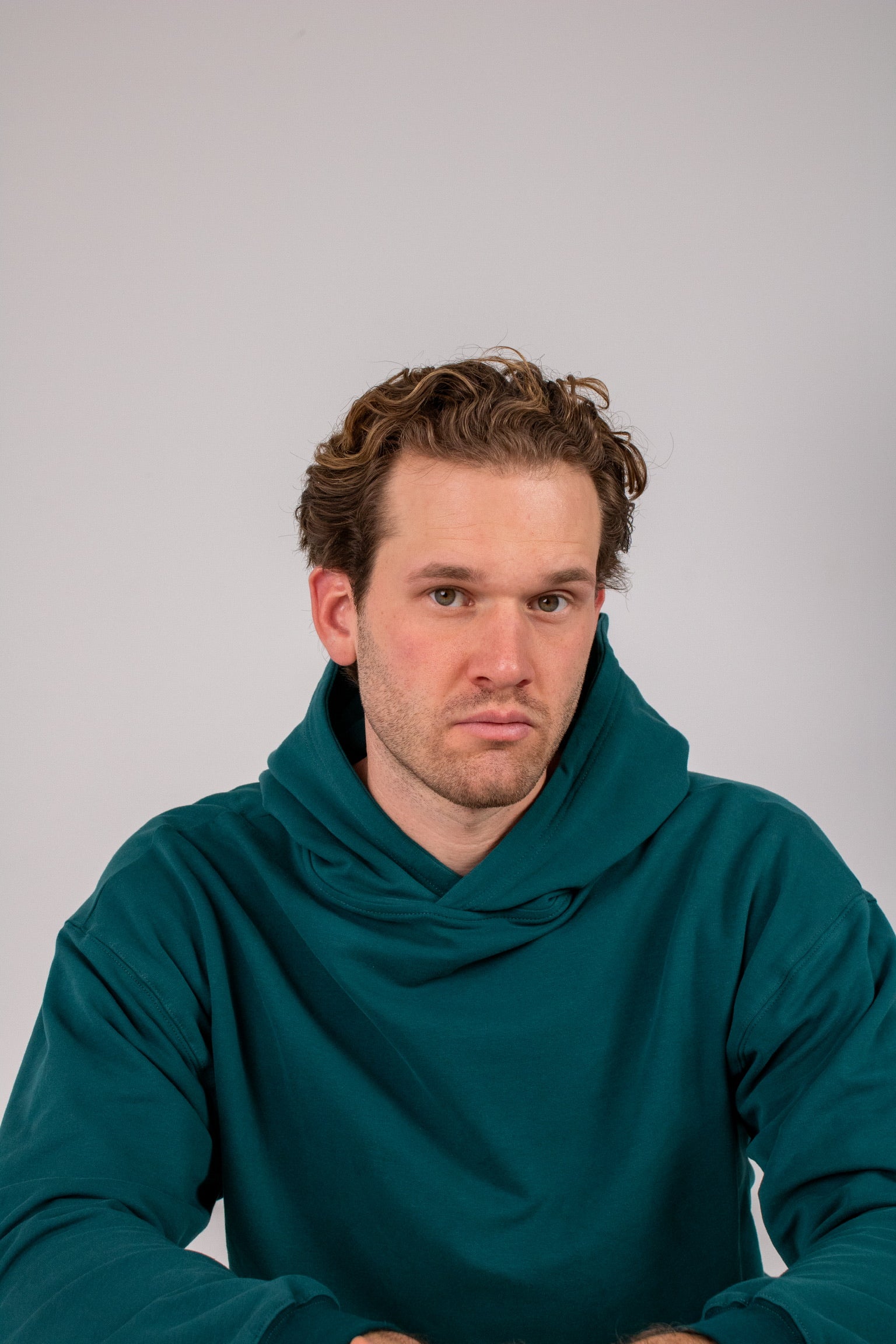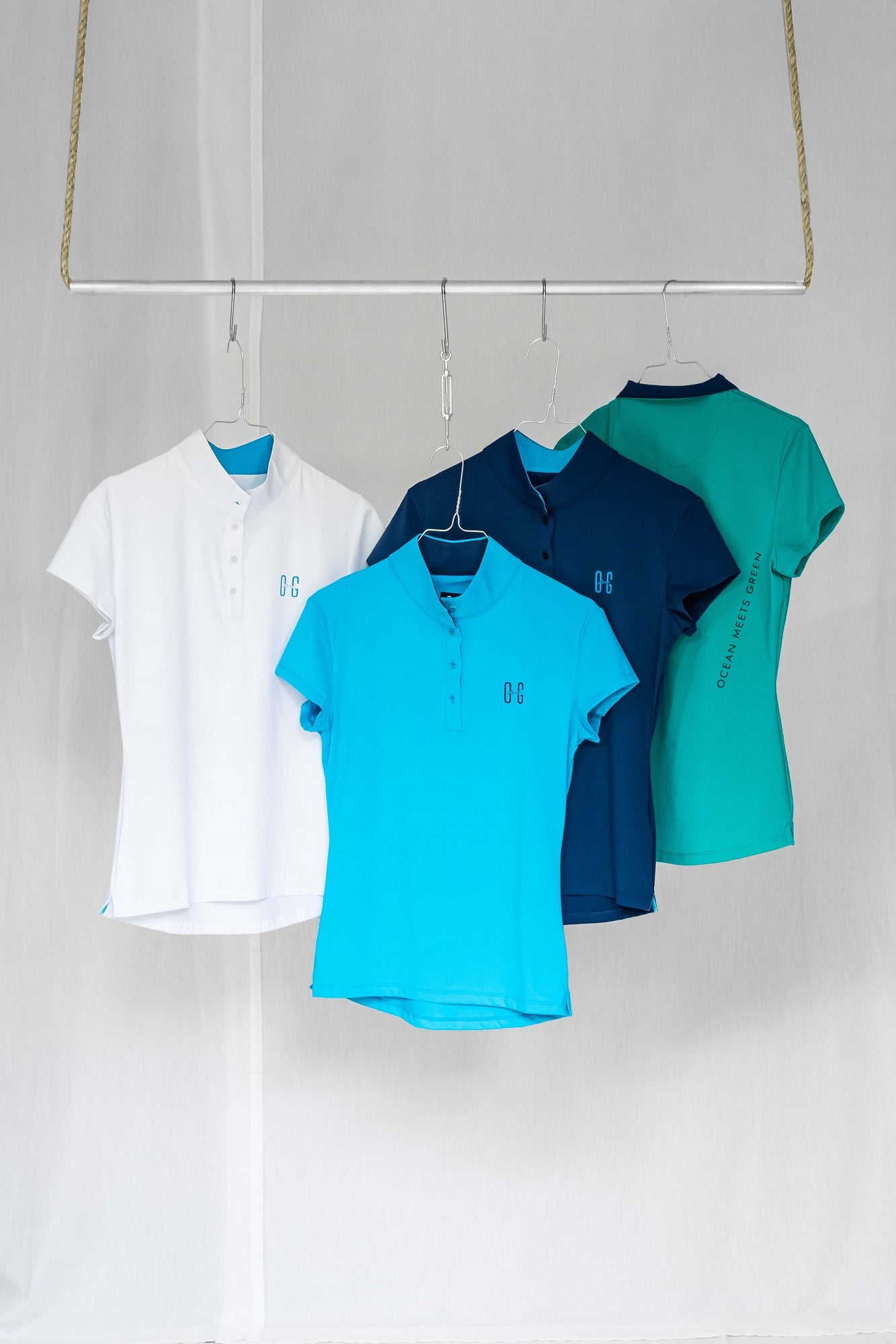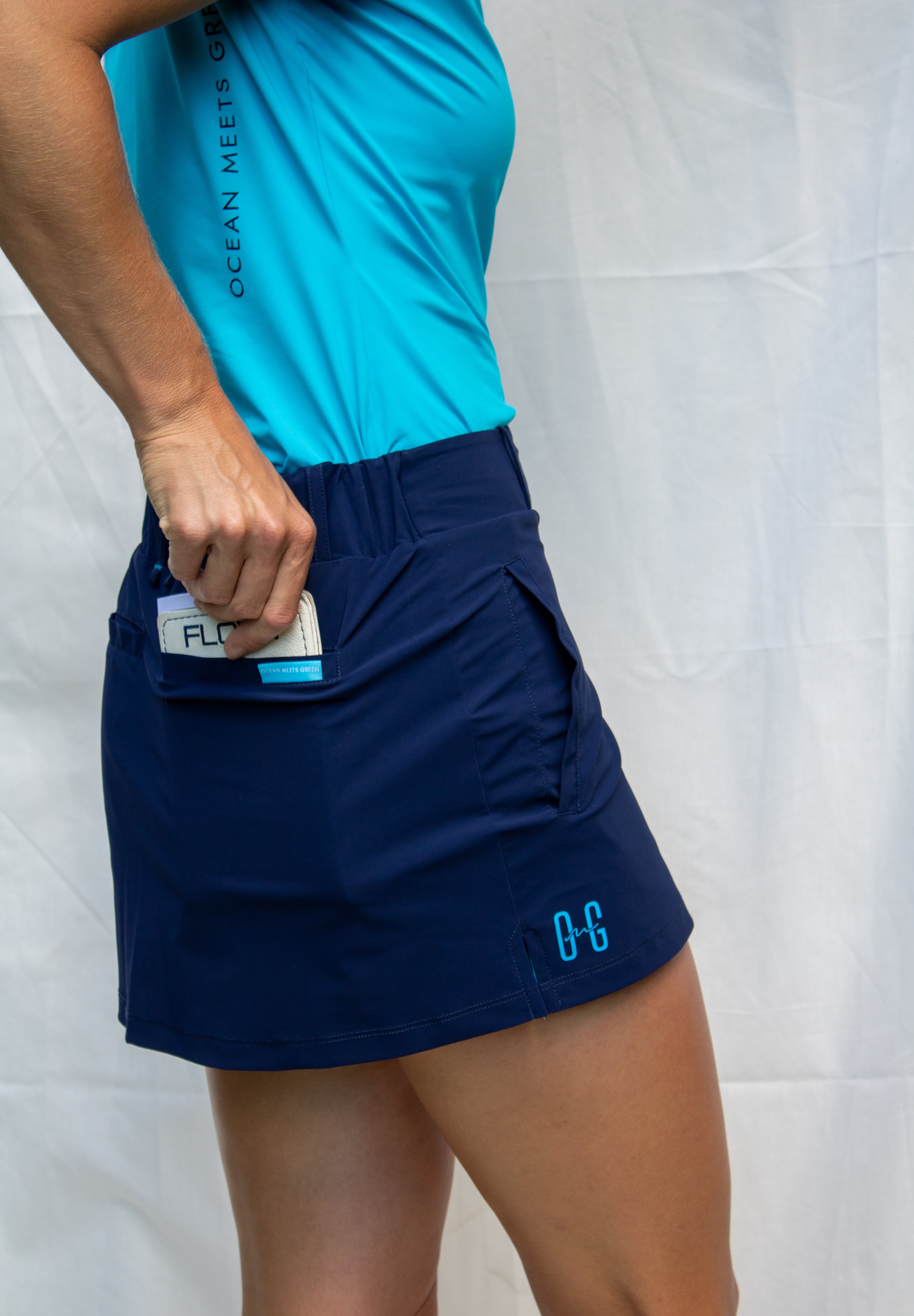What Is Slow Fashion [sləʊ ˈfaʃ(ə)n]
Slow fashion describes a movement of mindful and considerate creation of fashion garments. It is taking the impacts of clothing production into consideration and values the people who make these clothes. But beyond that this concept has many factettes and is often equated with terms such as sustainable, conscious, intentional, fair, ethical or eco.
What Makes A Brand “Slow Fashion”
If this is the first time you’ve heard about slow fashion you might be wondering: But wait, what makes a brand slow fashion? And how do I know I’m buying from a slow fashion company?
Don’t worry, we’re here to help.
Below are some key points that can help you identify if a brand is slow fashion. It is definitely worth doing a bit of research on a brand and deciding for yourself if you’re happy to support them. Transparency is a key factor here. If a brand is proud to openly talk about their approach, the materials they use and where and how they are producing, they are off to a good start.
Some of the big fast fashion brands claim to be sustainable or say they take a slow fashion approach. But in many cases, they are anything but transparent about their production and supply chains which is not a great sign.
Dig a little deeper and find out if a company really executes what they promise to their consumers. If they tick some of these boxes - and actually DO what they say, rather than just claiming it - they are doing pretty well:
- Slow production schedules instead of launching new collections every couple of weeks
- Small batch collections instead of rushing to scale quickly (and sending unsold items to landfill)
- Use of sustainable materials, including fabrics, accessories and packaging
- Aiming to reduce textile waste by producing smaller collections
- Offering a circular fashion system or taking part in a circular fashion program
- Timeless designs rather than jumping on the trend-bandwagon
- Enduring styles with layering options and options for combinations, even across collections
- Using high quality materials to make clothes last
- Quality over quantity: producing each item with value and durability in mind
- Having control over their supply chain and working conditions
- Respecting their workers and their rights, fair wages and working conditions
Now, let’s dive in and discover some of these aspects in detail.
The Company: Slow Production Schedules and Small Batch Collections
A crucial component is the approach companies take towards garment production. Companies in the slow fashion sector don’t set themselves the target of producing a new collection every couple of weeks. New styles only get designed and produced once the previous collection has sold out. Where possible, brands only produce garments when a customer has placed an order. This so-called made-to-order process ensures that each piece is made with a purpose by being manufactured for a specific customer. Their business models are not based on mass production and mass consumption. Instead, the focus lies on quality rather than quantity. As a result, these brands don’t pile up thousands of unsold stock which leads to less unwanted garments going into landfill.
High Quality Materials and Making Clothes Last
Another part of slow fashion is the strong emphasise on quality and sustainability. Production partners and factories aren’t forced to make as many items as possible in as little time as possible. That means they can focus on quality rather than quantity. Better quality of each produced item means that this garment has a longer lifecycle. It will be worn for longer because it will still look good years after being produced. And even if it doesn’t stay with one consumer forever, good quality allows for hand-me-downs and second-hand shopping. Which means less clothes end up in landfill, contributing to the endless piling of thrown-out garments.
Respecting Workers Rights: Fair and Ethical Production
Slow fashion doesn’t end with the choice of materials. It also includes the choice of how to treat the people who are making the clothes. Garment workers in the slow fashion industry are entitled to their basic human rights and are safe from abuse and exploitation. They work in humane conditions and are paid fair, above minimum wages. Child labour or sweatshop conditions are not accepted. In a perfect fashion world this would be every garment workers situation. But as of today, it is still only a practice performed by a very small number of brands. Most of which fall under the slow fashion category, following the approach of taking the people and the planet into consideration.
Sustainable Materials
While producing less and producing with intention is great, the type of fabrics used is another big factor. As per definition, slow fashion is taking the impacts of clothing production into consideration. And so far, many different types of fabrics have been invented with the intention to reduce the environmental footprint of the fashion industry. One of these options are recycled fabrics. Which means that new clothes are made using already existing materials. As part of that customers can send their products back to the company who then ensures garments are recycled correctly. This falls under the definition of circular fashion. And many slow fashion brands are based on a circular economy.
The Consumer and Their Behaviour - YOU
Besides the company’s actions and approaches, the consumer also plays a big part in the slow fashion game. While it is up to the companies to step up their slow fashion game, it is also up to the consumers to educate themselves and make conscious buying decisions. With their buying power they can influence where the fashion industry is heading.
However, it is important to consider that where we stand today, shopping slow fashion brands and buying sustainable garments is still a privilege. Not every customer is in the comfortable situation of choosing where they want to spend their money. Some people can only afford a t-shirt for a couple of dollars. Even if they wanted to support sustainable and slow fashion brands, they often can’t pay for it.
That means it is even more important to look after the clothes we already own or shop second hand where possible. No matter where you buy your garments, make sure you only buy what you really need and love it for as long as possible. And if you don’t want or need a piece of clothing anymore, make sure you hand it down or sell it to someone who will love it for a little longer.
Now Onto The Good News
After all this doom and gloom, here are 8 tips for creating a slow fashion wardrobe. This is what YOU can do today to contribute to slowing fashion down:
- Love the clothes you already own: look after them and repair them if possible.
- Shop second-hand if you’re looking to ramp up your wardrobe.
- If you don’t love a garment anymore, give it to friends, family or a second-hand shop.
- Rent clothes for special occasions (we all know that one dress we bought to only wear once).
- Appreciate hand-me-downs from your grandparents, parents, or siblings This also gives an item a much bigger sentimental value rather than buying it off the shelf. And yes, this is a free ticket to pinch items out of your sister's or your mum's wardrobe.
- Share and swap items with friends and family.
- Make a conscious decision when you purchase something and only buy something you’re 110% into.
- And if you do have to shop brand new (e.g. undies, sports bras, sports clothing) try to support small brands who place importance on sustainability, their production, ethics, and materials. Do your research and spend some time finding out more about the company and their ethos.

